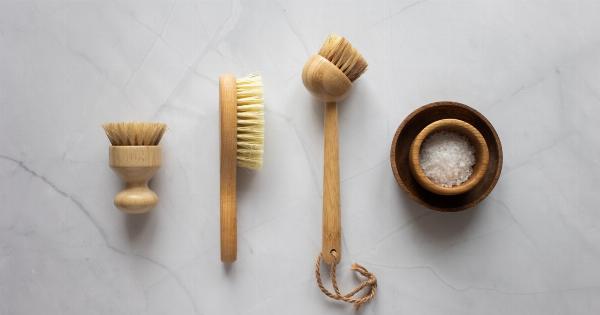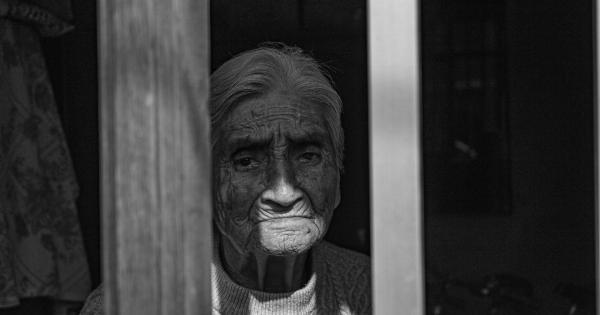Pain is a complex and unpleasant physical sensation that can be caused by a number of factors.
Acute pain is a normal response to injury or damage and helps us avoid further harm, whereas chronic pain persists long after the injury has healed and can disrupt daily life. Pain is not experienced equally by all individuals, and recent research has highlighted differences between men and women in terms of pain perception, pain tolerance, and pain management.
This article will explore the science of pain and the ways in which it differs between the sexes.
What is Pain?
Pain is a complex sensory experience that is mediated by the nervous system. When tissue is damaged or injured, nociceptors, specialized nerve cells in the skin, muscles, and organs, send signals to the spinal cord.
These signals are then transmitted to the brain, where they are interpreted as pain. Pain has both physical and emotional components. Factors such as anxiety, depression, and stress can amplify the experience of pain and make it more difficult to manage.
Types of Pain
Acute pain is a normal response to injury or damage and typically lasts less than 6 months. Examples include a sprained ankle or a broken bone. Chronic pain persists beyond the expected healing time, lasting for months or even years.
In some cases, chronic pain may not have an identifiable cause. Conditions that can cause chronic pain include fibromyalgia and neuropathy.
Pain Perception
Research has shown that men and women have different pain thresholds, or the minimum amount of stimulation necessary to produce a sensation of pain.
Women tend to have lower pain thresholds than men, meaning that they experience pain at lower levels of stimulation. This difference may be due to hormonal differences or differences in brain structure and function. Women also tend to rate pain as more intense, unpleasant, and longer-lasting than men, although it is not clear why this is the case.
Pain Tolerance
Pain tolerance, or the highest level of pain that an individual is willing to endure, also differs between men and women.
Studies have shown that women have lower pain tolerance than men, meaning that they are less willing to endure higher levels of pain. This difference may be due to social conditioning or cultural expectations that women should be more sensitive to pain.
Pain Management
The way in which pain is managed also differs between the sexes. Women are more likely to seek medical attention for pain and are more likely to be prescribed pain medication than men.
Some studies suggest that women may be more sensitive to the side effects of pain medication and require lower doses than men. Men, on the other hand, tend to avoid seeking medical attention for pain and may try to tough it out, which can lead to delayed treatment and poorer outcomes.
Factors Influencing Pain
There are several factors that can influence pain perception and tolerance in both men and women. These include:.
- Age: Older adults tend to experience more pain than younger adults.
- Genetics: Some individuals may be genetically predisposed to experience more pain or to be more sensitive to pain medication.
- Cultural factors: Societal expectations and cultural norms can influence the way in which pain is perceived and managed.
- Mental health: Conditions such as anxiety and depression can amplify the experience of pain.
- Hormones: Women’s experience of pain can be influenced by hormonal changes related to the menstrual cycle, menopause, or pregnancy.
Conclusion
Pain is a complex and multifaceted experience that is influenced by a wide range of factors. Recent research has highlighted differences in pain perception, tolerance, and management between men and women.
Understanding these differences is essential for providing effective pain management strategies for individuals of all genders.






























